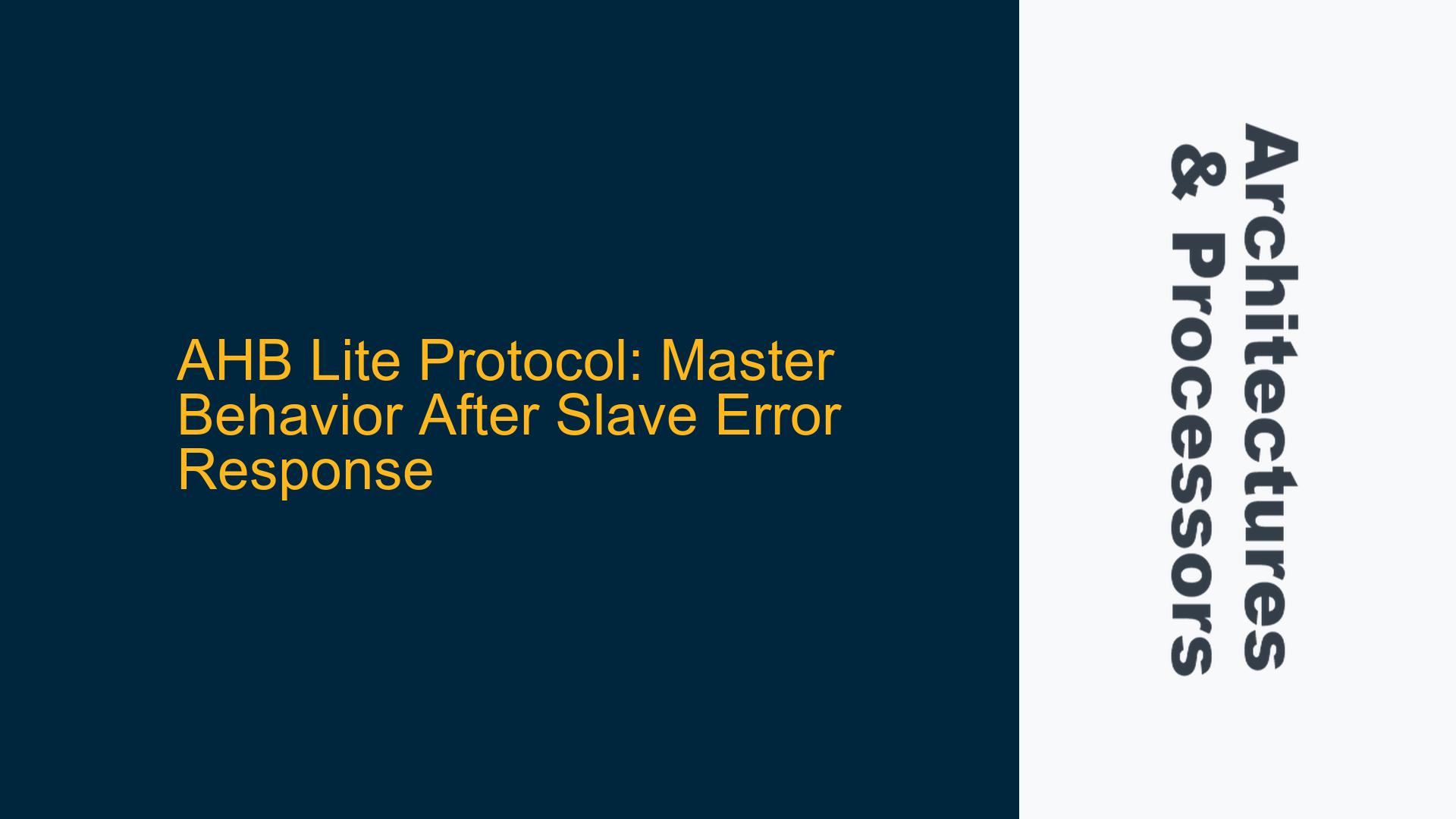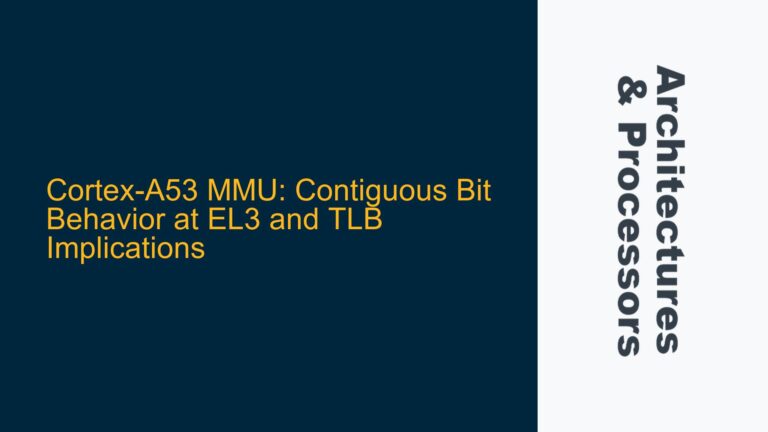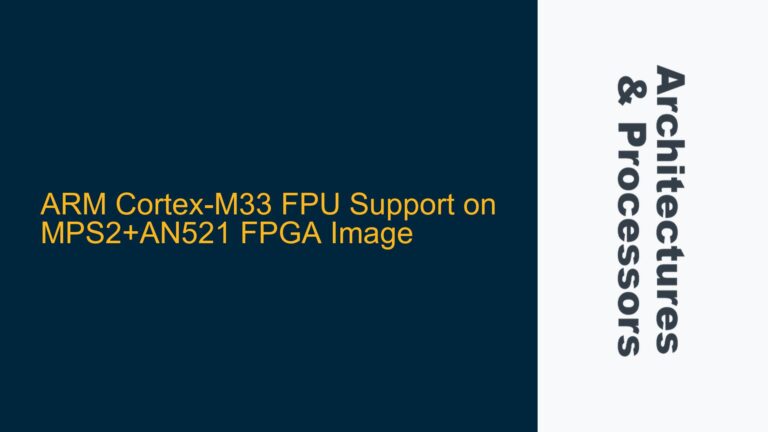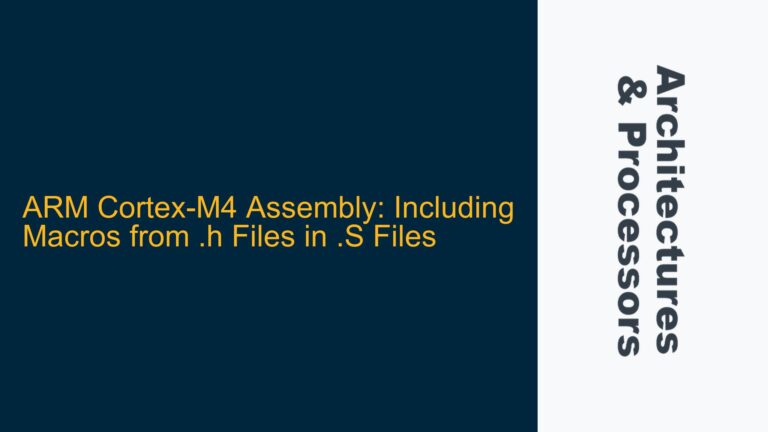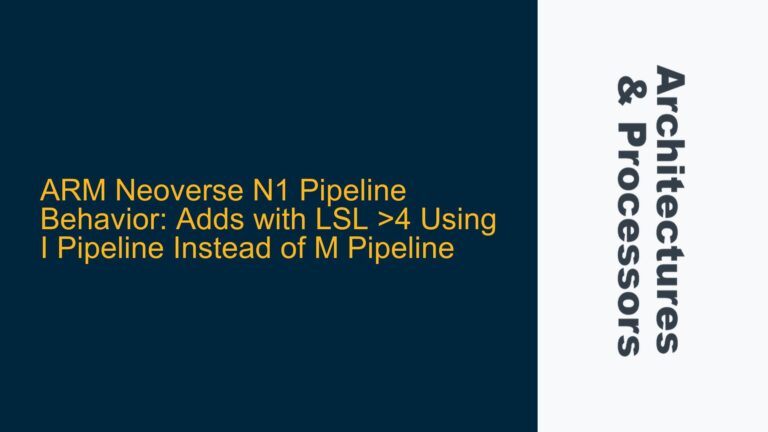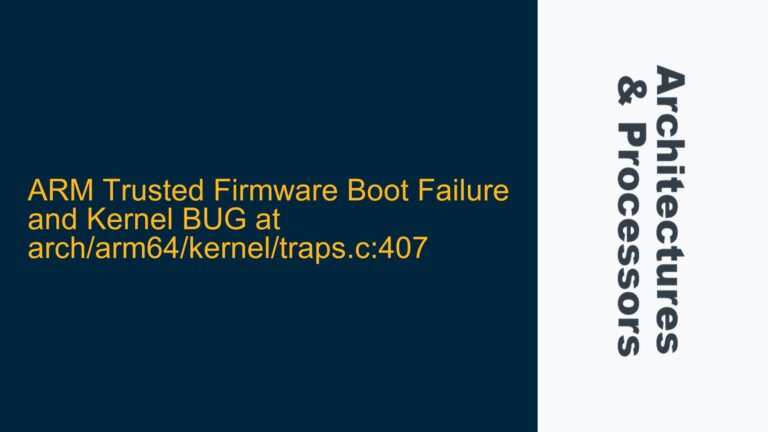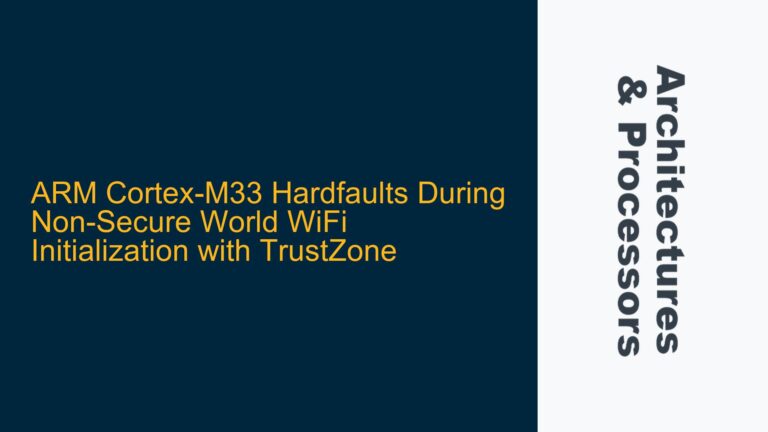AHB Lite Master Termination Rules After Slave Error Response
In the AHB Lite protocol, the behavior of the master after receiving an error response from the slave is a critical aspect of ensuring proper bus operation and compliance with the protocol specifications. When a slave provides an error response, the master must adhere to specific rules to either terminate the current burst or continue with a new burst. The key question revolves around whether the master can immediately initiate a NONSEQ transfer to start another burst or if it must first perform an IDLE transfer.
The AHB Lite protocol mandates that the master must signal an IDLE transfer if it chooses to cancel the next address phase transfer in response to the ERROR response. This is a strict requirement to ensure that the bus is properly synchronized and that no unintended transactions occur. However, the master also has the option to ignore the ERROR response and proceed with the next address phase transfer, which could be a new burst starting with a NONSEQ access. This decision depends on the specific design requirements and the nature of the error.
Understanding these rules is essential for designing a compliant AHB Lite master and ensuring that the system operates correctly under all conditions. The following sections will delve deeper into the possible causes of this behavior and provide detailed troubleshooting steps and solutions.
Memory Access Timing and Protocol Compliance Issues
The behavior of the AHB Lite master after receiving an error response from the slave is influenced by several factors, including the timing of memory accesses, the state of the bus, and the specific implementation of the protocol. One of the primary causes of confusion in this scenario is the interpretation of the AHB Lite protocol specifications, particularly regarding the handling of error responses and burst termination.
The AHB Lite protocol specifies that an error response from the slave indicates that the current transfer has failed, and the master must take appropriate action to either retry the transfer or terminate the burst. The protocol does not explicitly state whether the master must perform an IDLE transfer before initiating a new burst, leading to potential misinterpretation and implementation errors.
Another possible cause of issues is the timing of the error response relative to the master’s internal state. If the master is in the middle of a burst and receives an error response, it must decide whether to terminate the burst immediately or continue with the next transfer. This decision can be influenced by the master’s internal logic, the nature of the error, and the specific requirements of the system.
Additionally, the implementation of the AHB Lite protocol in the master and slave IPs can also contribute to this behavior. If the master is not designed to handle error responses correctly, it may fail to terminate the burst or initiate a new burst properly. Similarly, if the slave does not provide the error response in a timely manner, the master may not have enough information to make the correct decision.
Implementing Correct AHB Lite Master Behavior After Error Response
To ensure that the AHB Lite master behaves correctly after receiving an error response from the slave, it is essential to follow a systematic approach to design and verification. The following steps outline the process for implementing and verifying the correct behavior:
Step 1: Review the AHB Lite Protocol Specifications
The first step in addressing this issue is to thoroughly review the AHB Lite protocol specifications, particularly the sections related to error responses and burst termination. The specifications provide detailed information on the expected behavior of the master and slave in various scenarios, including the handling of error responses.
It is important to pay close attention to the timing diagrams and state transitions described in the specifications, as these provide valuable insights into the correct behavior of the master and slave. Additionally, the specifications may include examples of how to handle specific error scenarios, which can be used as a reference for implementation.
Step 2: Analyze the Master’s Internal Logic
The next step is to analyze the internal logic of the AHB Lite master to ensure that it is designed to handle error responses correctly. This involves reviewing the state machine that controls the master’s behavior, as well as the logic that processes the responses from the slave.
The state machine should include states for handling error responses and terminating bursts, as well as transitions between these states. The logic that processes the responses from the slave should be able to detect error responses and take appropriate action, such as signaling an IDLE transfer or initiating a new burst.
Step 3: Verify the Master’s Behavior in Simulation
Once the master’s internal logic has been reviewed and updated as necessary, the next step is to verify its behavior in simulation. This involves creating test cases that simulate various error scenarios and checking that the master behaves correctly in each case.
The test cases should include scenarios where the slave provides an error response during a burst, as well as scenarios where the error response occurs at the end of a burst. The simulation should also include checks to ensure that the master signals an IDLE transfer when required and that it can correctly initiate a new burst with a NONSEQ transfer.
Step 4: Perform Timing Analysis and Optimization
After verifying the master’s behavior in simulation, the next step is to perform timing analysis to ensure that the master meets the timing requirements of the AHB Lite protocol. This involves analyzing the timing of the master’s signals, particularly the address and control signals, to ensure that they are aligned with the protocol’s timing constraints.
If any timing violations are detected, the master’s logic may need to be optimized to meet the timing requirements. This could involve adjusting the state machine’s transitions, optimizing the logic that processes the slave’s responses, or making other changes to the master’s design.
Step 5: Validate the Master’s Behavior in Hardware
The final step in the process is to validate the master’s behavior in hardware. This involves testing the master in a real-world environment, where it interacts with actual slaves and other components of the system.
The hardware validation should include tests that simulate various error scenarios, as well as tests that check the master’s behavior under normal operating conditions. The results of these tests should be compared with the simulation results to ensure that the master behaves correctly in both environments.
Step 6: Document the Implementation and Verification Process
Throughout the implementation and verification process, it is important to document the design decisions, test cases, and results. This documentation serves as a reference for future design iterations and helps ensure that the master’s behavior is well-understood and reproducible.
The documentation should include detailed descriptions of the master’s internal logic, the test cases used for verification, and the results of the simulation and hardware validation. It should also include any changes made to the master’s design during the process, as well as the rationale for those changes.
Step 7: Address Any Remaining Issues
If any issues are identified during the simulation or hardware validation, they should be addressed before the master is considered complete. This may involve revisiting the design and verification steps, making additional changes to the master’s logic, or performing further testing.
Once all issues have been resolved, the master can be considered ready for integration into the larger system. At this point, it is important to ensure that the master’s behavior is consistent with the overall system requirements and that it interacts correctly with other components of the system.
Conclusion
In conclusion, the behavior of the AHB Lite master after receiving an error response from the slave is a critical aspect of ensuring proper bus operation and compliance with the protocol specifications. By following a systematic approach to design and verification, it is possible to implement a master that behaves correctly in all scenarios, including those involving error responses.
The key steps in this process include reviewing the AHB Lite protocol specifications, analyzing the master’s internal logic, verifying the master’s behavior in simulation, performing timing analysis, validating the master’s behavior in hardware, documenting the implementation and verification process, and addressing any remaining issues. By following these steps, designers can ensure that their AHB Lite master is robust, reliable, and compliant with the protocol specifications.
